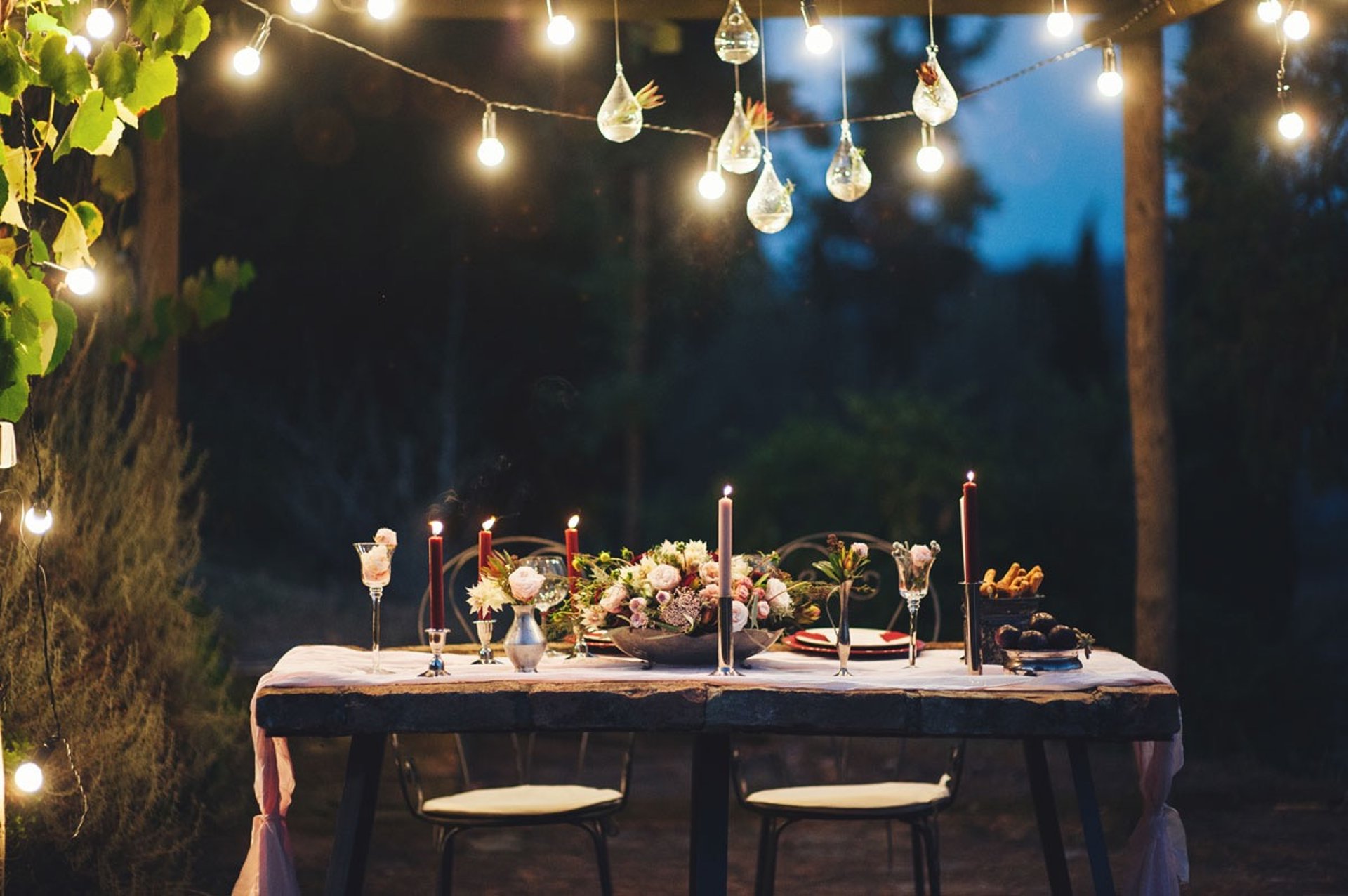
Using Native Plants to Support Local Wildlife: How Native Flora Benefits Biodiversity and Requires Less Maintenance
Native plants are the backbone of thriving local ecosystems. Learn how incorporating native flora into your garden supports pollinators, birds, and beneficial insects, while reducing maintenance and water use — creating a beautiful, sustainable outdoor space that’s good for both you and the planet.
SUSTAINABLE OUTDOOR LIVING
Papaver & Petals
10/7/20253 min read


Using Native Plants to Support Local Wildlife: How Native Flora Benefits Biodiversity and Requires Less Maintenance
Disclosure: Papaver and Petals is a participant in the Amazon Services LLC Associates Program, an affiliate advertising program designed to provide a means for sites to earn fees by linking to Amazon.com and affiliated sites. As an Amazon Associate, we earn from qualifying purchases at no extra cost to you.
Introduction
When designing a garden, choosing the right plants isn’t just about color, texture, or seasonal interest — it’s about creating a living ecosystem that works with nature. Native plants, naturally adapted to your region, are one of the most powerful tools for supporting local wildlife while minimizing upkeep. By selecting plants that thrive without excessive water, fertilizers, or chemical interventions, you can build a garden that’s beautiful, resilient, and ecologically responsible.
1. Why Native Plants Matter for Biodiversity
Native plants evolved alongside local wildlife, creating a natural food web. Birds, butterflies, bees, and other pollinators rely on these plants for nectar, seeds, berries, and shelter. Non-native species, even if attractive, often fail to provide these critical resources.
For example, milkweed is essential for monarch butterflies, while goldenrod attracts beneficial insects that prey on garden pests. By planting a diverse array of native species, you create a garden that supports the entire ecosystem — from pollinators to small mammals — and contributes to local biodiversity.
2. Low-Maintenance Gardening Benefits
Native plants are inherently suited to your climate, soil type, and seasonal patterns. This natural adaptation means they require:
Less water than non-native or ornamental plants
Minimal fertilization or chemical treatments
Reduced pruning and pest management
For example, a mix of native perennials like Echinacea, Black-eyed Susan, and Lupine can provide long-lasting beauty without constant attention. Using drought-tolerant natives also helps conserve water and lowers your garden’s environmental footprint.
3. Creating Wildlife Habitats with Native Flora
Think beyond aesthetics: a native garden is a habitat. Layer your garden with ground covers, shrubs, and trees to offer food, nesting spots, and shelter for wildlife.
Trees and shrubs provide nesting sites for birds and cover for small mammals.
Perennials and flowering plants offer nectar for pollinators and seeds for birds.
Groundcovers like wild grasses or creeping phlox create hiding spots for insects and amphibians.
Adding a small water feature — even a shallow bird bath — enhances your habitat further, giving wildlife the resources they need to thrive.
4. Strategic Planting Tips for Maximum Impact
Group plants by type: Planting clusters of the same native species ensures pollinators can easily locate food sources.
Seasonal succession: Choose a variety of plants that bloom at different times to provide year-round nectar and berries.
Avoid invasive exotics: Even beautiful non-natives can outcompete local species and harm wildlife populations.
For practical implementation, consider raised native planters, garden edging from reclaimed wood, or eco-friendly pots that complement your outdoor décor while maintaining sustainability.
Vego garden Raised Garden Bed Kits - https://amzn.to/4riDKCv
PSW Pot Collection YB41TP Composite Curved Planter Pot - https://amzn.to/48gufeq
Flexible Lawn Edging Kit - https://amzn.to/4ihg6SO
5. Subtle Eco-Friendly Product Integrations
To make maintaining your native garden easier:
Compost bins (like the VivoSun Tumbling Composter - https://amzn.to/48cYLFW) turn kitchen scraps into nutrient-rich soil.
Drip irrigation systems conserve water while delivering it efficiently to plant roots.
Organic fertilizers ensure plants thrive without harming insects or wildlife.
Even small investments in these tools can create a more resilient, low-maintenance garden that continues to support biodiversity year after year.
6. Inspiration for an Elevated Native Garden
Native gardens don’t have to look “wild” or unkempt. Thoughtful design — such as grouping colors, textures, and heights — can create a visually stunning and sophisticated landscape.
Pair tall native grasses with vibrant perennials to create movement and visual depth.
Use natural stone pathways or reclaimed wood planters to integrate structure while maintaining harmony with your garden’s ecosystem.
Add birdhouses, bee hotels, or butterfly boxes as both functional and decorative elements.
Your garden can be a sanctuary for wildlife and a serene retreat for you, embodying a philosophy of living beautifully and responsibly.
Insect Bee Butterfly House - https://amzn.to/4icCOvg
Small Bird House for Hummingbirds - https://amzn.to/49qTMDK
Conclusion
Planting native species is one of the most impactful ways to design an eco-friendly, low-maintenance garden. By supporting local wildlife and fostering biodiversity, you create a living landscape that is both beautiful and sustainable. Thoughtful choices today help ensure a vibrant ecosystem for generations to come.
